Paolo Baratta, president of the Biennale di Venezia at SpainLab
Visualizing the video “cada loco con su tema”
SpainLab inauguration event
Arch-adapting : an evolution to the past
SpainLab architects at the inaguration
- Fernando Menis, Enric Ruiz Geli with Anton Garcia-Abril
- S.M.A.O architect in conversation
- Vicente Guallart in conversation with RCR architects
Images of the architect selected to exhibit and represent Spain in the SpainLab.
Kazuyo Sejima visiting SpainLab
Mohsen Mostafavi, Luis Fernandez Galiano and Homa Farjadi at SpainLab

The curator Anton García-Abril in conversation with Mohsen Mostafavi, Luis Fernandez Galiano and Homa Farjadi.
Among the multiple visitors, the Dean of the Harvard Graduate School of Design and member of the Scientific Committee of SPAINLAB, Mohsen Mostafavi with his wife and architect Homa Farjadi and AV chief editor Luis Fernandez-Galiano visited the pavilion in the inaguration day.
SPAINLAB team at Venice
- In the image, the Ensamble Studio team.
- Artemio Foch, from the audiovisual platform
- In the image Enrique Encabo and Inma Maluenda from the conceptual platform.
- In the image, the curator Anton García-Abril and with Daniel Ibañez from the digital platform.
- In the image, the curator of SpainLab, Débora Mesa.
- In the picture, the SpainLab team, the AcademicLab and the Ensamble Studio team in front of the motto of 2012 Venice Biennale, “Common Ground”
Here is a selection of the members of the SpainLab that attended to the innaguration. In the images, the curators Anton García-Abril and Debora Mesa, Artemio Fochs from the audiovisual platform, Inma Maluendo and Enrique Encabo from the conceptual platform, Javier Cuesta from the physical platform, Daniel Ibañez from the digital platform as well as the Ensamble Studio team.
SpainLab Press-Clipping compilation
In this link you can find some of the media that has featured SpainLab after its inauguration.
The articles featuring SpainLab include, El Pais, El Periodico, El Mundo, ideal.es, masdearte.com, metalocus, diario design, folio, etc…
Arch-adapting : An evolution to the past
Summary:
Arch-adapting: An evolution to the past, is an essay on architectural phenomena of adaptation to new realities of architectural creation, from the moment of the conception of an idea until the final architectural outcome. Here, the word outcome substitutes the word construction, on a need to amplify our limit and overpass the hardware sense of constructive spaces/ objects.
¨The evolution to the past¨ concept works with two main poles: The caveman on one side representing the ultimate connection of the human with nature and his tools, a man that finds rather than gets, and ¨The digital caveman¨, as we call him, on the other hand, is representing the high technological man that is able to use technology for re-approaching reality, through high analytical research. Innovation is to be sought after in the beginning of things, in the roots. Innovation is seeded with knowledge and awareness of one’s past.
Nearing the term Arch-adapting, it is important to highlight that these two poles are based on the figure of the simple man, rather than the figure of the architect. What it is tried to be alleged, is that we have been stretched to a moment were architecture is giving out its ¨power¨ again to the user, making him the ¨architect¨ of his environment. And this is the moment were both ¨cavemen¨ share a common ground, they both have direct access to their tools. In a certain moment of the history, Architecture monopolized its tools; tools were exposed only to this certain elite. Now the man alters again to a caveman, a ¨digital caveman¨ that requires to implicate and adapt himself to the advanced means available. The architect here does not create a predetermined spacial situation, rather a platform that offers the tools and the knowledge required for one to come to be autonomous, self-sufficient and part of greater network of exchange. A platform were nature is deeply involved, were materiality originates an architecture adaptive to the environment, were real time data give flexibility and reduction of unnecessary wastes.
The above mentioned essay will be exploring the innovation in Architecture through a quick view on the evolution of architecture in history, by watching closer aspects like locality, tools, collaboration (between people, as well as between people and nature).
Project Authors / Video Design : Nota Tsekoura,Gabriel Bello Diaz
Music & Sound Design : Marios Aristopoulos
Innovation on the Architect’s Education
Hi everybody.
Let me present our team first, we are Letizia Caprile, Jonas Stahl, Jaime Pages, and myself Maria Prieto-Moreno, students at the IE School of Architecture in Madrid.
Our project for the Venice Biennale is to investigate about how can universities innovate on the Architect’s education nowadays.
Our purpose for these two years is to collect information about this topic interviewing influential figures in the global architectural scene, architects and people related with the sector in order to write a book with the “101 Testimonies on Innovation in the Education of Architects”
During our stay in Venice, we lived a great experience and we had the chance to interview a really good list of architectural leaders on the sector. Around 20 interesting testimonies will become documentaries for the book. We had diverse responses,very instructive all of them. Find below a list with some of the people filmed:
– Toyo Ito
– Jean Nouvel
– Patrik Schumacher (Zaha Hadid)
– Emilio Tuñon
– Alberto Campo Baeza
– Eric Gili from Cloud 9
– Winy Mass (MVRDV)
– Peter Murray
– Juan Herreros
– Wang Shu (Premio Pritzer)
– Architectural Association Exhibition Director
– Javier Martin (Technical Advisor for Architecture and Edification)
– Zahra Ali Baba (Curator Kuwait Pavilion)
The intention is to continue during the next two years with these interviews and make an analysis of the responses obtained and try to come with some interesting conclusions.
From now on, we will be posting the videos and interviewee’s profiles on the Spanishlab Academic Platform, we would like to provoke the debate about how to improve the innovation of the architect’s education.
So…. What do you think about how to innovate on the architect’s education?
Thanks
Urban Microclimate models for predicting building energy use
The Urban Heat Island (UHI) effect is a well-documented phenomenon, in which the air-temperature in an urban area is elevated relative to the regional air-temperature due to the trapping of radiation by cities at night and anthropogenic heating during the day. Architects and engineers who design buildings in urban areas typically lack the tools to include the UHI effect in their analysis. For buildings that are climatically sensitive or aim to be net-zero energy, lacking adequate microclimatic design analysis tools constitutes uncertainty. Innovation in architecture is to provide guidance to design teams on both the potential magnitude of annual energy use prediction errors introduced by ignoring urban microclimatic effects, and potential reduction of such errors via the use of microclimatic models.
10 Comandments for Innovation
Coming from the last Architectural Biennale in Venice I have to say that we are currently more and more familiarized to listen about the need to innovate in architecture. There, we could see that there are big efforts from different well-known architects and architectural studies in the use of new materials, new products or new processes. Also, we could check there, in Venice expo and conferences, how to innovate both in products and processes is more than a trend, a real need for the future in architecture.
We also can see literature enough about how to innovate in engineering and construction of the future houses, but not only, as the smart cities are the new way of understand the urbanism.
But talking about innovation in architecture requires analyzing first what we understand by innovation. Continue reading »
Democratizing =(?) Innovating
The 2012 Biennale was yet another indication that the fantasies of an Architecture by the “People” for the “People” enabled by a resilient infrastructure of -often self-proclaimed- scientific methods, communication, design and fabrication technologies are returning in the collective architectural imaginary, carrying promises of innovation, creativity, sustainability and forming a counter-rhetoric to a malformed professionalism. Faced with this new wave of optimism, which attracts the creative efforts of an ever-growing number of groups and individuals active in and beyond the design world, an inquiry into the emerging tautology between “democratization” and “innovation” seems necessary in order to untangle the implications of this equation, recognize it as a historical and cultural artifact and explore the conditions of its validity.
In his essay In an Open-Source Society, Innovating by the Seat of Our Pants [3], which appeared in the New York times in December 2011, Joichi Ito, current director of the MIT Media Lab, was lauding the Internet as a space of decentralized innovation and creative individualism. Raising the Internet from the level of a technology to that of a belief system, Ito was advocating for a new mode of production, a new ideology and a new ethic pervading the conception, production, distribution and use of immaterial and (more recently) material artifacts: Open Source. Continue reading »

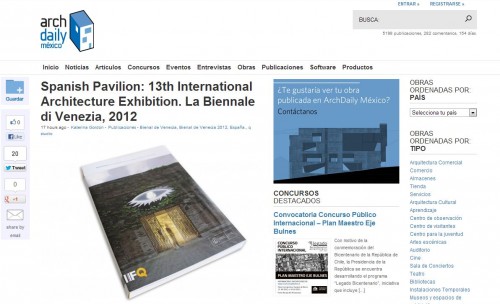
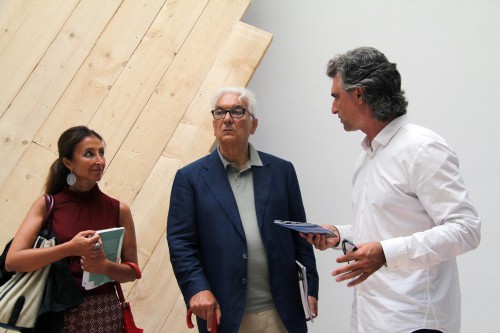
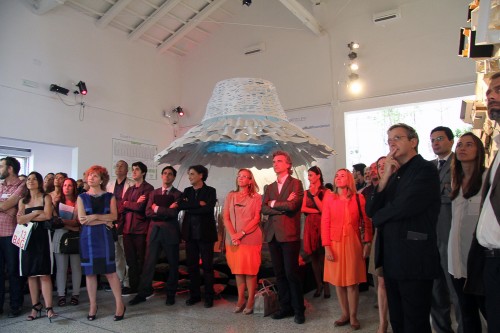
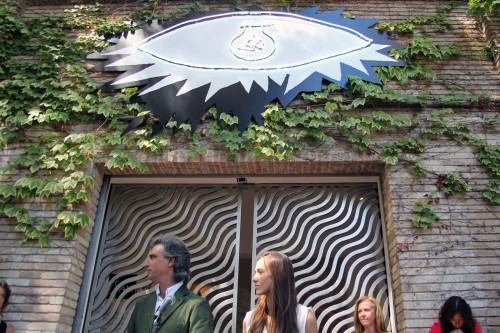
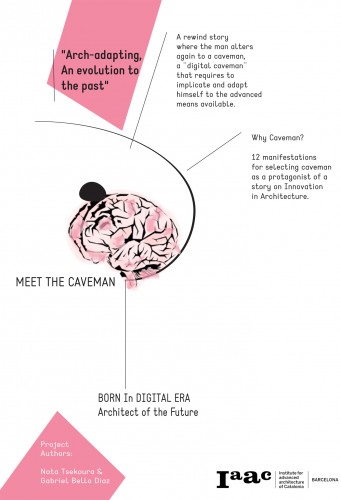
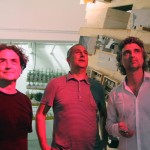


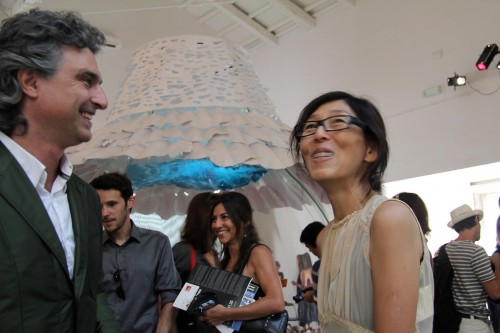
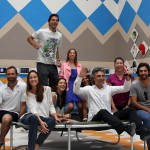

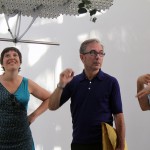
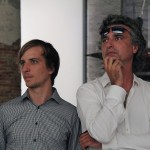





Recent Comments